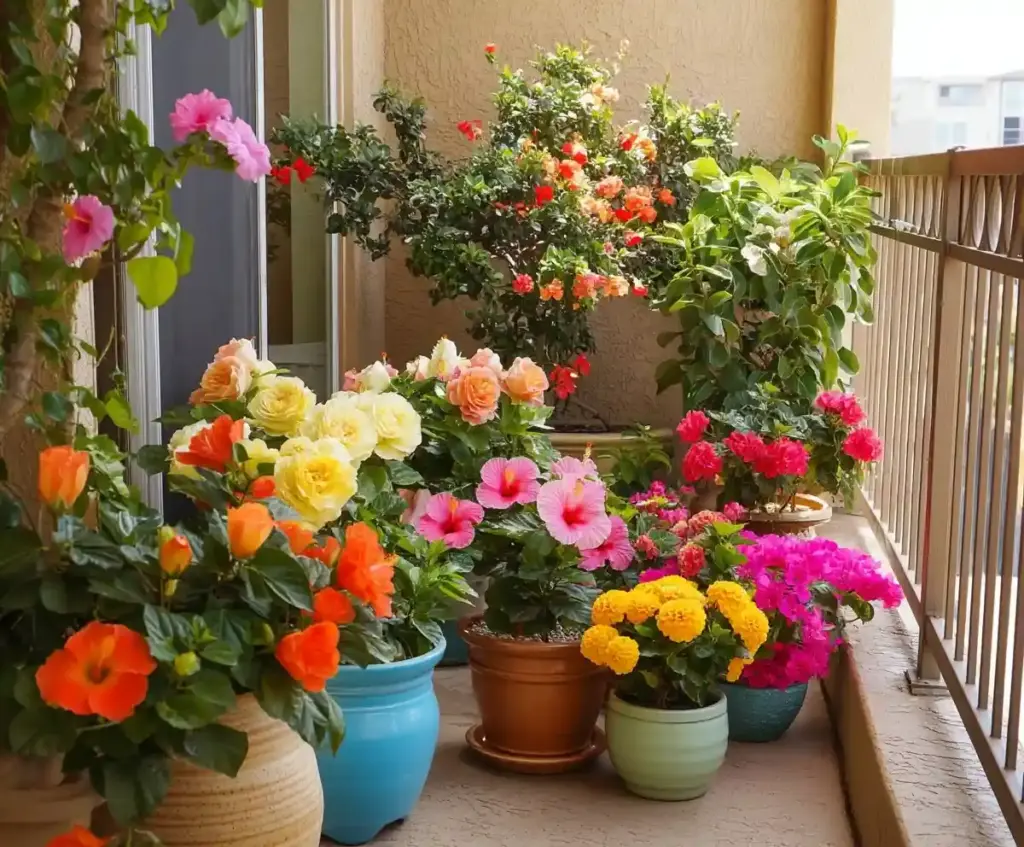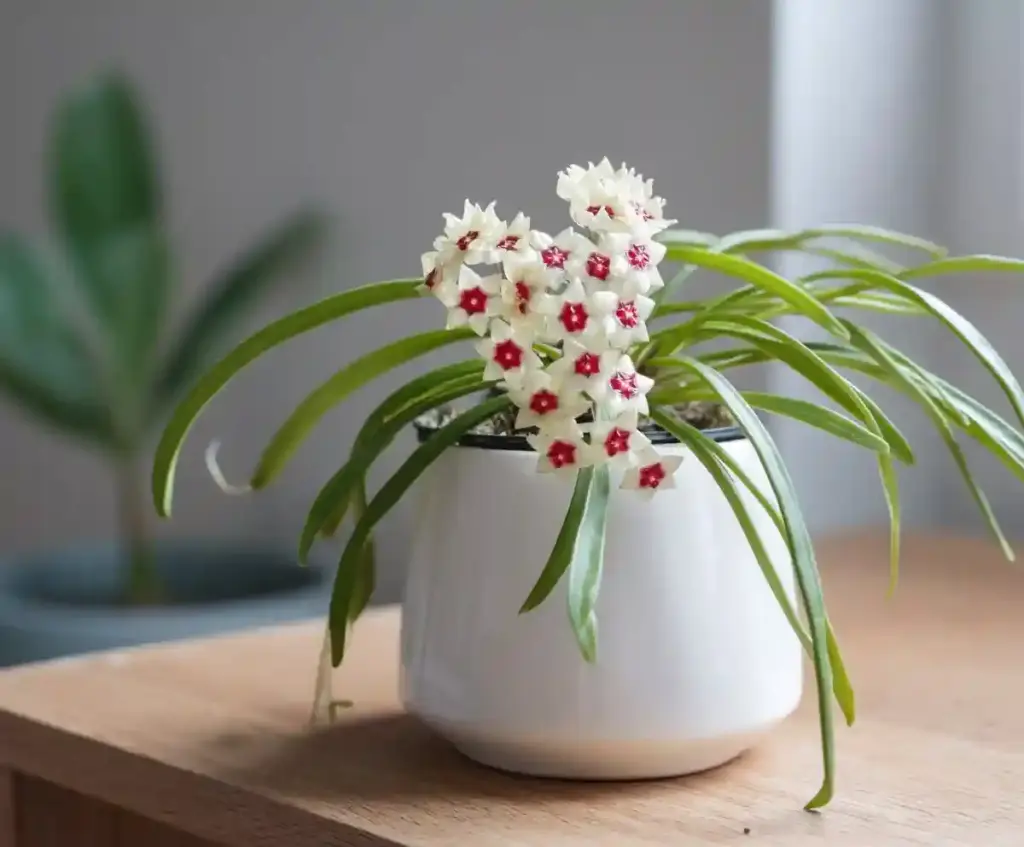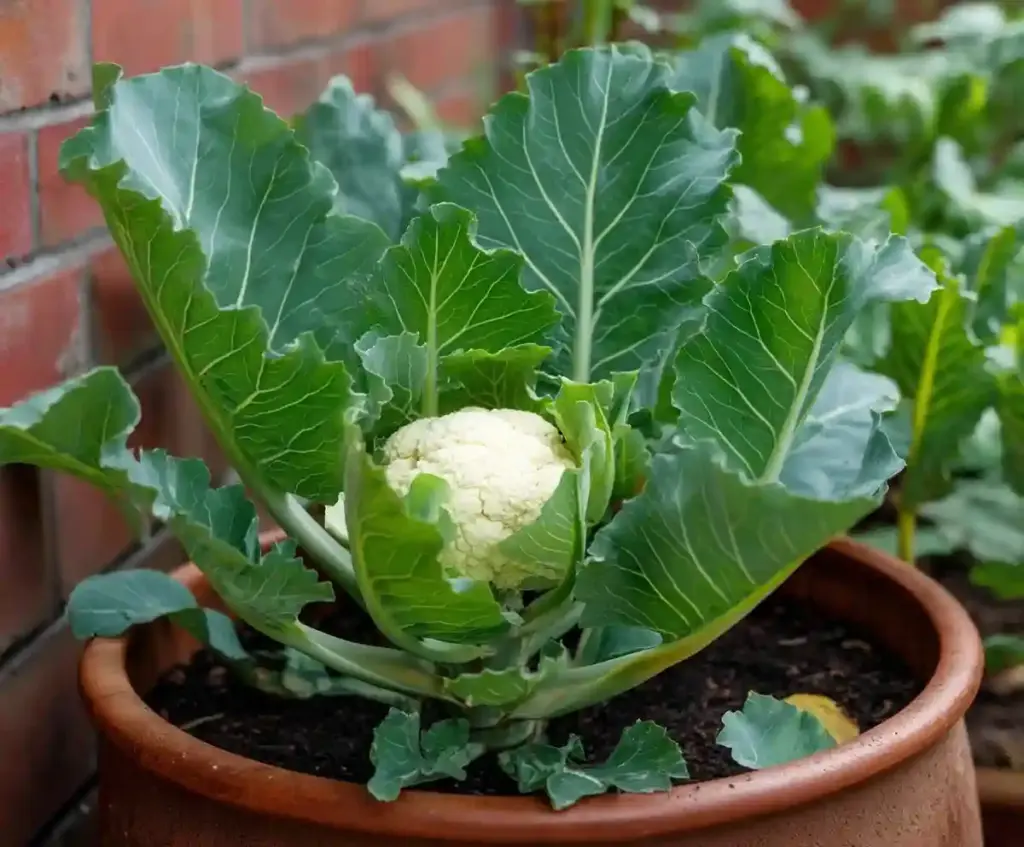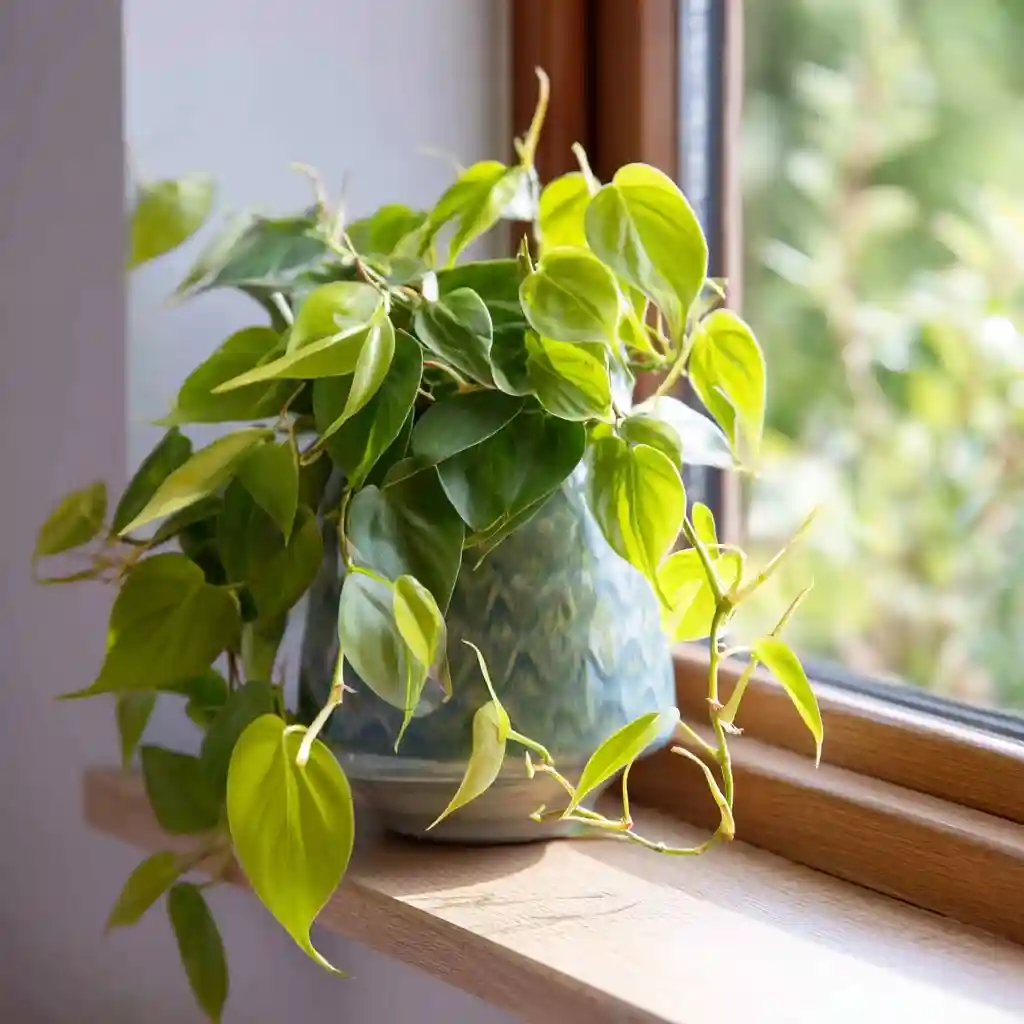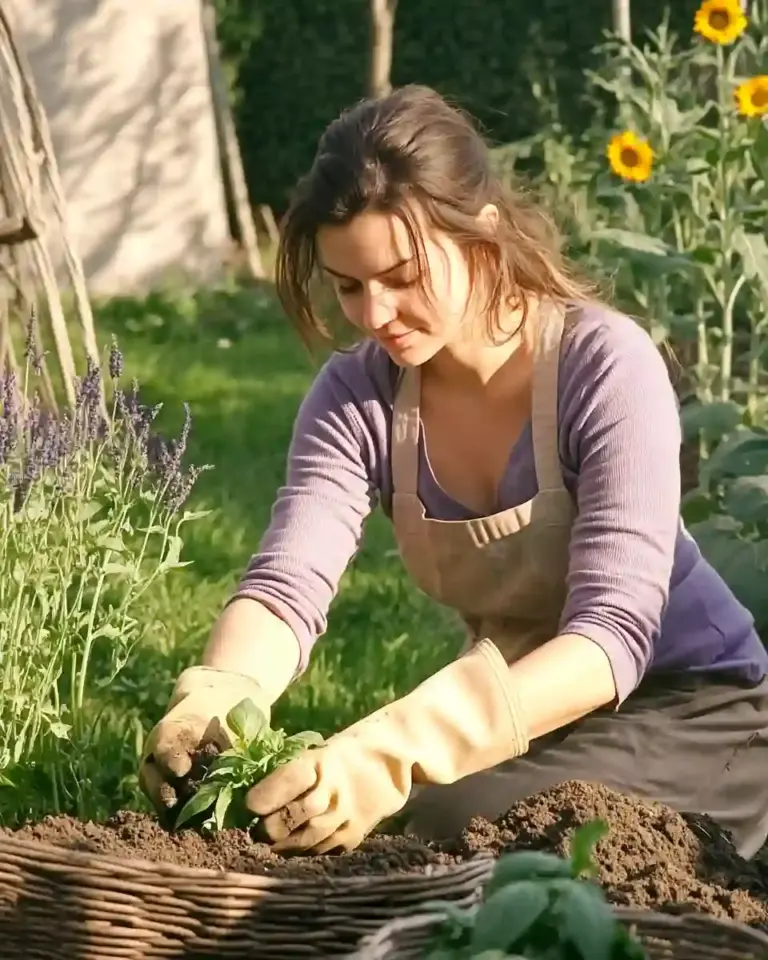Best indoor plants bring life, color, and fresh energy into any room, making them an essential part of modern home decor. Whether you’re a seasoned plant lover or a total beginner, choosing the right greenery can make all the difference. Some plants thrive with minimal care, tolerate low light, and ask for little more than occasional watering—perfect for busy schedules or shady corners.
In this guide, we’ll cover the best indoor plants for low light and low maintenance, ideal for apartments, offices, or any indoor space that could use a bit of natural charm. Each plant on this list is beginner-friendly, stylish, and proven to thrive with the right setup. From vibrant foliage to charming flowers, these indoor companions will brighten your home and improve your air quality—without demanding too much in return.
Table of Contents
1. Heart Leaf Philodendron
The heart leaf philodendron is one of the best indoor plants for anyone craving greenery without the hassle. Recognizable by its glossy, heart-shaped leaves and trailing vines, this tropical beauty thrives in a wide range of indoor environments.
It prefers bright, indirect light, but can also adapt to lower-light areas, making it ideal for bedrooms or shelves away from windows. Keep the soil lightly moist, allowing the top inch to dry out between waterings. Overwatering can lead to root rot, so be gentle with the watering can.
This philodendron variety grows quickly, making it perfect for hanging baskets or climbing along a trellis. If you’re new to houseplants, it’s a forgiving choice that offers lush, vibrant foliage with minimal upkeep.
💡 Tip: Pinch back the stems occasionally to encourage fuller, bushier growth.
2. ZZ Plant
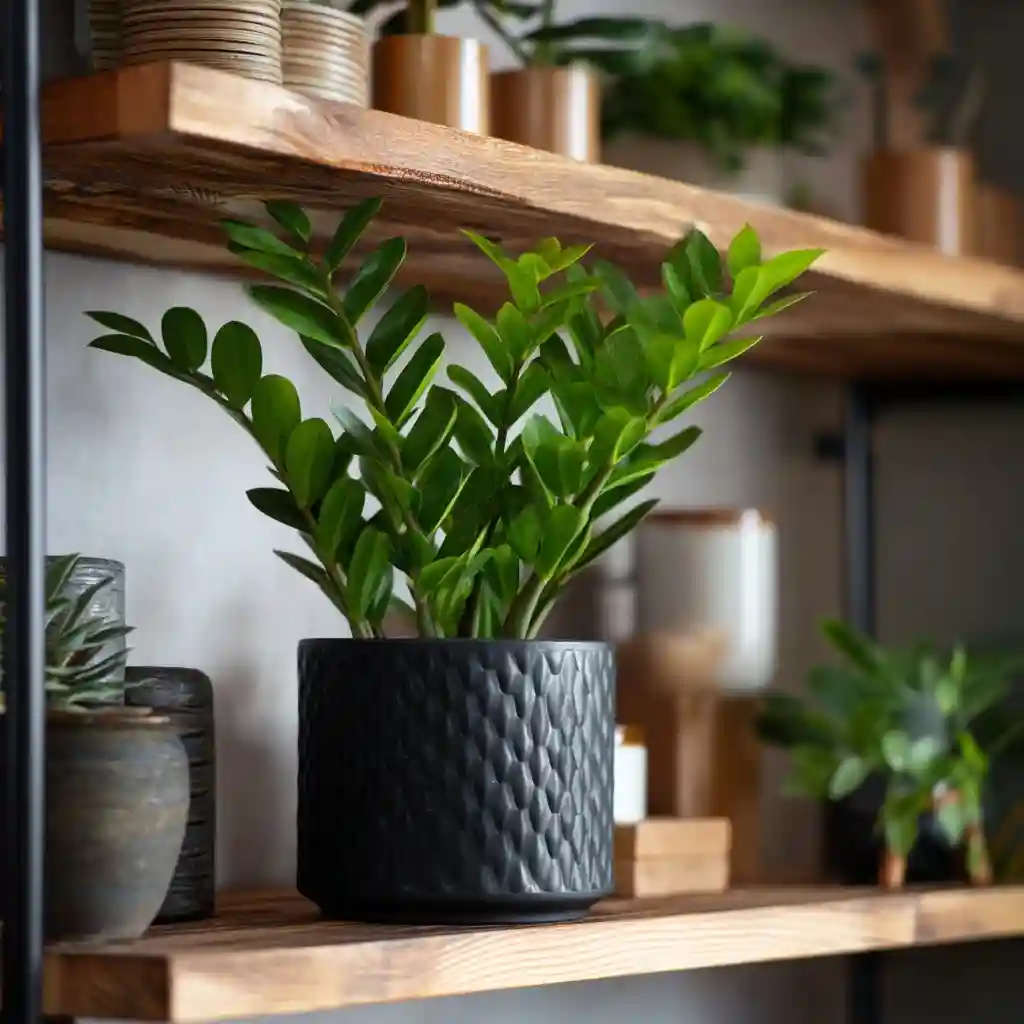
The ZZ plant (short for Zamioculcas zamiifolia) is a true champion among the best indoor plants—especially for low-light, low-maintenance homes. With its thick, waxy leaves and upright stems, the ZZ plant adds a bold, architectural touch to any room.
What makes it so popular? It’s practically indestructible. This plant tolerates low light, irregular watering, and even a bit of neglect without complaint. It stores water in its rhizomes, so you can go weeks without watering—perfect for travelers or forgetful plant parents.
Place your ZZ plant in indirect light, although it will survive in darker corners. Water only when the soil is completely dry, and be sure the pot has drainage holes to prevent soggy roots.
⚠️ Note: While beautiful, all parts of the ZZ plant are toxic if ingested, so keep it out of reach of pets and small children.
3. Snake Plant
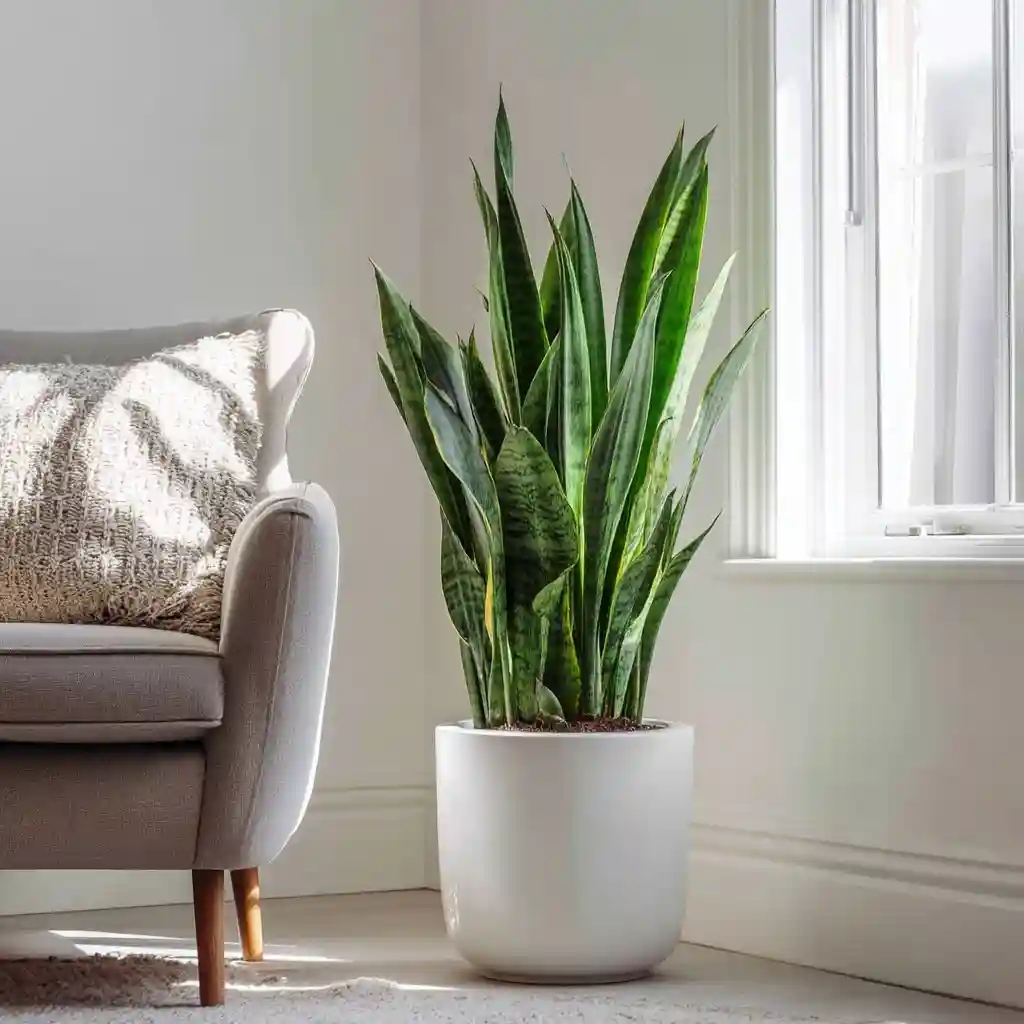
Known for its sword-like leaves and bold, upright structure, the snake plant—also called Sansevieria or mother-in-law’s tongue—is one of the best indoor plants for anyone who struggles to keep greenery alive.
This plant is nearly impossible to kill. It thrives in low light, but will also tolerate bright, indirect light and even some direct sun. Snake plants are succulents, meaning they store water in their thick, leathery leaves. As a result, they only need watering every 2–3 weeks, depending on humidity and pot size.
Snake plants are also known for their air-purifying properties, making them a popular choice for bedrooms and offices. Their sleek, modern look fits almost any decor style—from minimalist to boho.
🌿 Pro Tip: Use a well-draining cactus or succulent mix to prevent soggy roots.
4. Rex Begonia
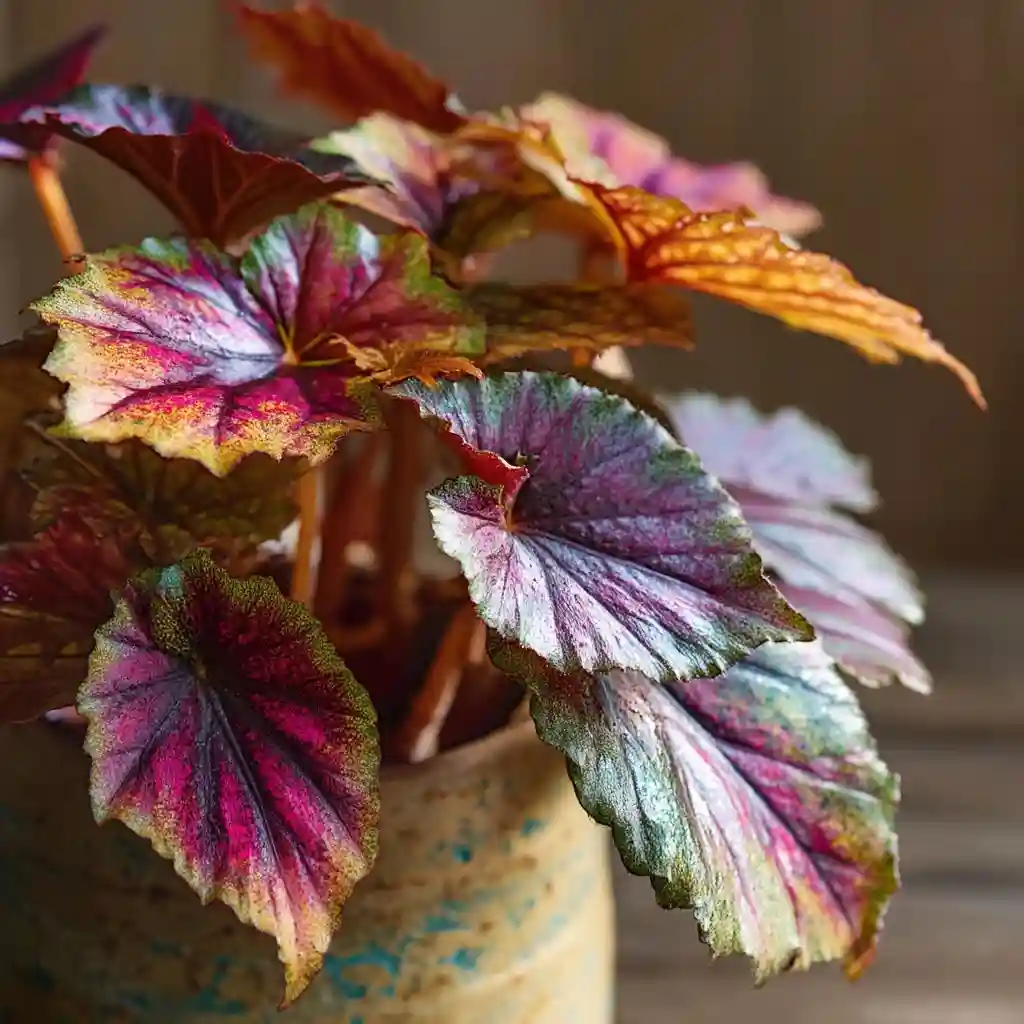
If you want a splash of bold color and texture, the rex begonia is a showstopper among the best indoor plants. Known for its striking foliage in shades of red, silver, green, and purple, this plant brings an artistic touch to indoor spaces.
Unlike many other houseplants, the rex begonia is prized more for its vibrant leaves than its flowers. It thrives in bright, indirect light and prefers a humid environment. Keep the soil lightly moist but not soggy—overwatering or letting the leaves get wet can lead to mildew or leaf spots.
Because of its compact size, rex begonias are ideal for desktops, windowsills, or small accent tables. They do well in self-watering pots or with a humidity tray nearby.
🌸 Bonus: Rotate the pot every week or so to promote even leaf growth and prevent legginess.
5. Aglaonema

Often referred to as the Chinese Evergreen, Aglaonema is one of the most reliable and visually appealing choices among the best indoor plants. With its lush, patterned leaves in silvery-green, red, or pink hues, this plant brings instant color to low-light areas.
Aglaonemas are known for being extremely low maintenance. They thrive in low to medium light, and can even tolerate fluorescent lighting, making them perfect for offices or dim corners. Water when the top 1–2 inches of soil feel dry, and avoid overwatering—this plant prefers to dry out a bit between drinks.
This tropical beauty also acts as a natural air purifier, quietly removing toxins from your indoor environment. It grows slowly, so it won’t outgrow its pot quickly, and it adapts well to various temperatures and humidity levels.
✅ Best for: Beginners, office desks, and those who forget to water regularly.
6. Phalaenopsis Orchid

The Phalaenopsis orchid, commonly called the moth orchid, is a stunning choice among the best indoor plants, especially for those who want long-lasting blooms with minimal fuss. Its elegant, arching stems and delicate flowers come in soft whites, pinks, purples, and vibrant yellows—perfect for brightening any space.
Despite their delicate appearance, moth orchids are surprisingly easy to care for. They prefer bright, indirect light and moderate humidity. Water once a week if the plant is potted in bark, or when the surface feels dry if planted in moss. Avoid letting water pool at the base of the leaves, which can cause rot.
Phalaenopsis orchids can bloom for up to 3–4 months and often rebloom on old flower spikes, so don’t cut them off too quickly. With a bit of patience and the right spot, these orchids reward you with long-lasting beauty year-round.
🌼 Fun Fact: They’re non-toxic to pets, making them a safe decorative option for homes with animals.
7. Bird’s Nest Fern
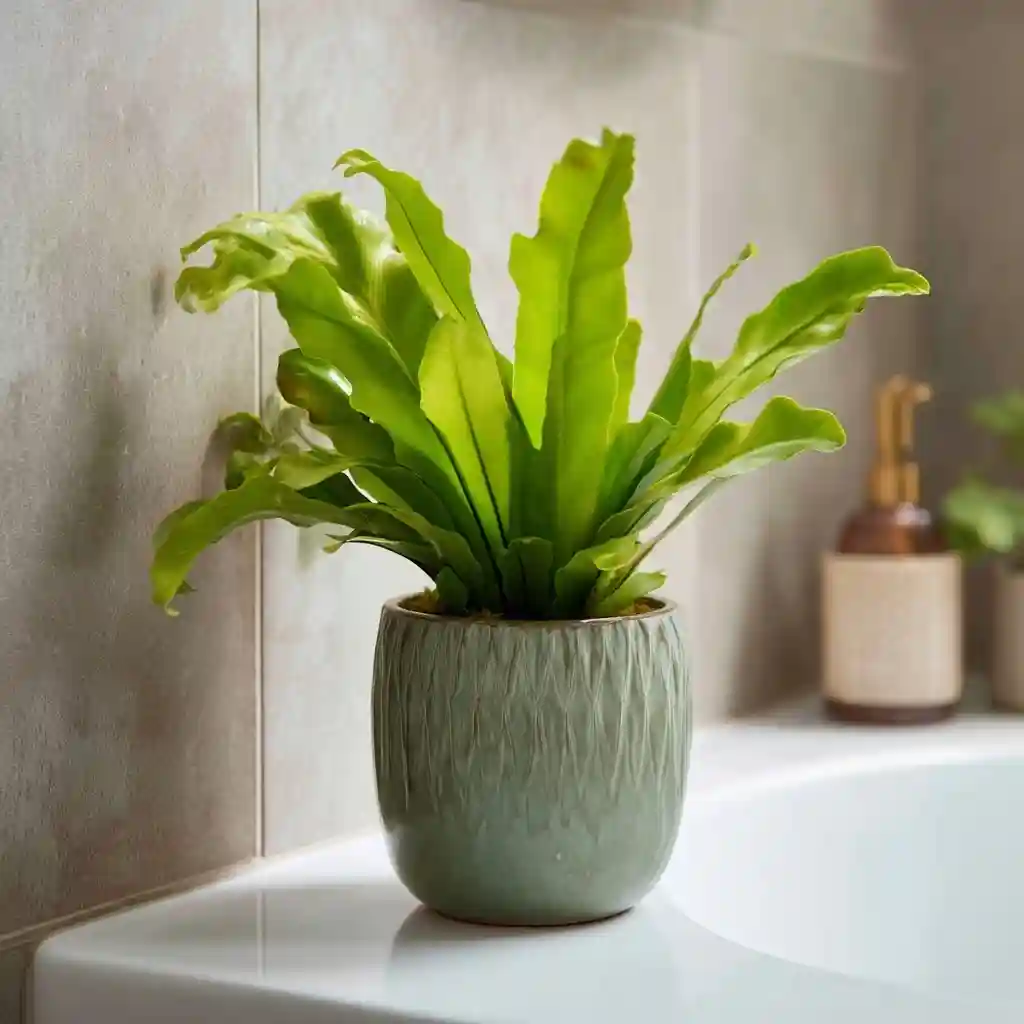
The bird’s nest fern is a charming and unique addition to the list of the best indoor plants, known for its wavy, bright green fronds that grow in a rosette or “nest-like” shape. Its lush, tropical look adds a soft, organic feel to shelves, bathrooms, or tabletops.
Unlike more delicate ferns, the bird’s nest fern is relatively low maintenance. It prefers bright, indirect light and consistent moisture. The soil should stay slightly damp—but never soggy. Humidity is its best friend, so it thrives in spaces like bathrooms or kitchens where moisture is naturally higher.
Avoid watering directly into the center of the rosette, as standing water can cause rot. Instead, water around the outer edges of the soil.
🌿 Styling tip: Place it in a decorative pot with drainage on a plant stand to elevate its soft, arching fronds.
8. Rabbit’s Foot Fern

With its soft, feathery fronds and quirky, fuzzy rhizomes that creep over the pot’s edge, the rabbit’s foot fern earns its spot among the best indoor plants for charm and texture. Those “feet” aren’t just cute—they also help the plant store moisture and nutrients.
This fern thrives in bright, indirect light and enjoys moderate humidity, much like its cousin, the bird’s nest fern. Keep the soil evenly moist but not soggy, and never let it dry out completely. It’s best watered when the top inch of soil starts to feel dry.
A hanging basket is ideal for showcasing its trailing rhizomes, giving the plant plenty of room to stretch out and show off. With proper care, rabbit’s foot fern can grow into a graceful, cascading focal point in any indoor space.
🧼 Care tip: Mist the fronds occasionally to boost humidity and keep dust off the delicate leaves.
9. African Violet

The African violet is a timeless favorite and one of the best indoor plants for compact spaces and continuous color. Known for its velvety leaves and clusters of cheerful blooms, this plant is perfect for brightening windowsills, desks, or small side tables.
It thrives in bright, indirect light and appreciates consistent moisture. Let the soil stay slightly moist, but never soggy. A key tip: water from the bottom, by placing the pot in a shallow dish of water, so you don’t damage the fuzzy leaves. Avoid splashing the foliage, as this can cause spotting or rot.
African violets are remarkably low-maintenance once you find the right balance of light, water, and temperature. With a little love, they’ll bloom almost year-round, adding vibrant pops of purple, pink, or white to your indoor garden.
🌼 Bonus: African violets stay compact, making them perfect for small apartments or cozy corners.
10. Pothos

Topping many indoor gardener wishlists, pothos is easily one of the best indoor plants for beginners and seasoned plant lovers alike. With its cascading vines and heart-shaped, glossy leaves, pothos adds effortless greenery to bookshelves, plant walls, or hanging baskets.
It comes in several attractive varieties—like golden pothos, marble queen, and neon pothos—all of which thrive in bright, indirect light but can also tolerate low-light conditions. It’s one of the most forgiving houseplants, needing water only when the top inch or two of soil is dry.
Pothos is also an excellent air purifier, helping to remove toxins like formaldehyde from the air. As it grows quickly, you can trim and propagate the cuttings in water to create new plants.
🌿 Tip: Let the vines trail freely or guide them along a trellis or wall hooks for a lush indoor jungle effect.
Conclusion
Adding the best indoor plants to your home doesn’t have to be complicated. Whether you’re working with low light, a tight schedule, or limited space, there’s a houseplant on this list that’s perfect for your lifestyle. From the air-purifying snake plant to the ever-blooming African violet, these low-maintenance favorites bring both beauty and calm to your indoor spaces.
Remember, the key to success is understanding each plant’s unique needs—light, water, and a little attention. With the right setup and a bit of patience, even beginner plant parents can enjoy a thriving indoor jungle.
FAQ
What is the best indoor plant for beginners?
If you’re just starting out, go with plants that are both hardy and forgiving. The ZZ plant, heart leaf philodendron, and snake plant are excellent beginner options. They tolerate low light and irregular watering, making them ideal for learning the ropes without constant care.
How do I know when to water my indoor plants?
Instead of sticking to a rigid watering schedule, check your plants regularly by feeling the soil. Most indoor plants prefer the top 1–2 inches of soil to dry out before the next watering. For larger pots, use a wooden stick or dowel to check moisture deeper down. Always empty excess water from trays to avoid root rot.
🌿 Love gardening inspiration? Follow me on Pinterest for bold plant ideas, tips, and seasonal color!
More Posts
